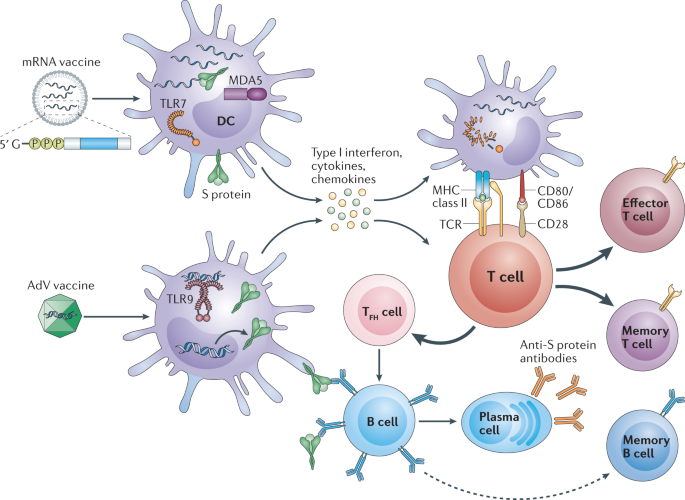With all the news about vaccine efficacy and how long the effects of the vaccine will last, it is interesting to wonder how the statistical models to detect such effects are designed for such research . In the Khoury et al paper (2020), they do consider the decay of antibody titers over time in their cohort of subjects, through a linear mixed effects model with exponential decay. Their interpretations of these decaying effects from the model are somewhat unclear and are somewhat muddied by their other main results in their paper. It is difficult to know how exactly they interpreted the linear mixed model effects of antibody decay.
In the Anita et al (2018) article, which came before the Khoury paper and was not about COVID-19, they had discussed using linear mixed effects model of the antibody titers over time. This article was actually referenced in the Khoury et al paper at least, given that they have similarity in the modeling of the decay effects. They assumed these would decay over time and they also assumed an exponential decay in the model. The paper goes into more detail by providing the actual equation for the linear mixed effect model as o which variables were used and further goes on to describe their calculation using these variables inputs to calculate memory or longevity.
Regarding both articles, with other possible correlation structures for decay, why did neither article consider other types of structures considered, like an autoregressive correlation structure, in either of these articles? Are we supposed to assume that antibody titers generated in response to COVID-19 vaccines will decay exponentially over time? Would it have hurt the analyses to have considered another plausible decay pattern and to also then compare the separate models by AIC or other criterion? Understanding how these critical analyses are being done for vaccine longevity is important for statisticians to be able to interpret and possibly improvise.
Keywords: vaccine efficacy, immunity, linear mixed effect models, exponential, statistical analysis, COVID-19, Usha Govindarajulu
Written by:
Usha Govindarajulu
July 21, 2021
References
Khoury, D.S., Cromer, D., Reynaldi, A. et al. Neutralizing antibody levels are highly predictive of immune protection from symptomatic SARS-CoV-2 infection. Nat Med 27, 1205–1211 (2021). https://doi.org/10.1038/s41591-021-01377-8
Antia A, Ahmed H, Handel A, Carlson NE, Amanna IJ, Rustom A, and Slifka M (2018). Heterogeneity and longevity of antibody memory to viruses and vaccines. PLOS Biology. https://doi.org/10.1371/journal.pbio.2006601
